Medals & Coins, Arms & Militaria - 22 Nov 2017
The historic 'Operation Nimrod' group of medals and memorabilia to Warrant Officer 2nd Class Ian...
The historic 'Operation Nimrod' group of medals and memorabilia to Warrant Officer 2nd Class Ian 'Chalky' White, Special Air Service and 17th/21st Lancers, who formed part of the team of S.A.S. men who stormed the Iranian Embassy in London on May 5th 1980 in a swift and decisive action that resolved a major hostage crisis.
The Medals: General Service 1962-2007, clasp: Northern Ireland (24215027 TPR I.P. WHITE 17/21L.); South Atlantic, with rosette (24215027 CPL I P WHITE 17/21L (SAS)); Regular Army Long Service and Good Conduct, Elizabeth II (24215027 WO2 I P WHITE 17/21L); court mounted, nearly extremely fine.
Accompanied by: the recipient's stable belt, blue with chromed buckle bearing the SAS badge; a copy of Ihis discharge certificate and other documents; a Fairbairn-Sykes fighting knife, 3rd model, blade etched with the Wilkinson brand, regulation leather scabbard, acquired by the recipient from stores on the Falkland Islands; after David Shepherd, '16 Princes Gate', a print depicting the descent of the Embassy stairs, number 38 of 850, bearing artist's pencil signature; after John Tidewell, 'Princes Gate, The Back Door'; a collection of press photographs of the raid depicting SAS members preparing to enter the embassy at various points; floor plans of the embassy; 'Now' magazine complimentary copy 'Britain's Arab Terror - The Killers In Our Midst', May 9-15 1980; Daily Express Special Edition: 'The Day of the S.A.S.'; and various press cuttings and related ephemera.
The persecution of the Arab population of Iran's Khuzestan region by Ayatollah Khomeini (and his predecessors the Shahs) had inspired an implacable resistance movement which received support from Iraq under Saddam Hussein. The Arabs themselves were concerned with political and social rights. Hussein exploited this fact to manoeuvre against his rival the Ayatollah. Specifically, he believed that an attack staged in the West would draw attention to the plight of Khuzestan, and allow him to garner international approval for his planned invasion of Iran. With Iraqi backing, a six man team, the 'Group of the Martyr', occupied the Embassy on the 30th April, taking 26 people hostage. The response was initially led by the police, but the S.A.S. acted immediately by deploying a team to the area in case their intervention was requested by the civil authorities. While they waited, they evolved a plan, and when, on the sixth day, a hostage was shot and his body thrown out of the embassy, the men of the Special Air Service went into action under the gaze of the television media. Within 17 minutes, the siege was at an end.
Ian White was part of the team that entered the embassy from the roof. An explosive charge was lowered into a light well in the centre of the building and detonated as a distraction, and White's team abseiled into the lightwell to gain access through a window. During the descent, his secondary weapon, a Browning 9mm pistol, was lost owing to the notoriously poor quality holster with which the men were equipped. Nothing daunted, he continued from room to room, clearing each with 'flashbangs' and techniques perfected through rigorous training. He almost met with disaster while descending to a lower floor, as another team approaching the foot of his staircase directed sub-machinegun fire along the corridor into which he was about to step. He next encountered the well documented fire that had broken out owing to many of the curtains and carpets having been impregnated with accelerants. By sheer coincidence he had just completed a firefighting course, with the aim of posing undercover as an airport fireman, and this assisted him in temporarily controlling the blaze together with a colleague. The evacuation of the hostages involved forming a human chain to pass each one down the main staircase and out of the building to safety. White stood at the top of the chain, and such was the urgency of the situation that he resorted, effectively, to throwing them down the stairs. One of the terrorists concealed himself among the hostages, and because of the speed at which the S.A.S. were working that he was thrown down along with the rest of them. White saw in his hand a grenade, and, unable to shoot down the stairs for fear of hitting a hostage, he and others shouted a warning to their colleagues below, who killed the terrorist before he could use it.
All but one of the hostages alive at the start of the operation were rescued, and five of the six terrorists were killed - the sixth being captured. The team next had the chance to watch the news footage of their work. They did so in the company of the Prime Minister Margaret Thatcher, for whom the operation had been a considerable publicity coup, foreshadowing her popular aggressive stance over the Falkland Islands (where White was also to be deployed), and demonstrating to the world that Britain was not the soft target that Saddam Hussein had imagined. Their work done, they returned to Hereford at high speed, and the rapidity and decisive efficiency of the S.A.S. action is underscored by the fact that when White arrived home his wife suffered an adverse reaction to the residue from the 'flashbangs' that he had been using, which lingered on his clothing.
The embassy siege is well known, and rightly celebrated, as the point at which the S.A.S. became famous. Since its genesis during the Second World War it had maintained a low public profile, consistent with the discrete and sometimes clandestine nature of its methods. In May 1980 it sprang from obscurity onto the television screens and made an indelible impression on the public mind. But these events are important for other reasons.
It was a notable tactical success, and in spite of what the modesty of White and others would suggest, this was by no means a foregone conclusion. Counter terrorism was an emerging form of warfare, and the success of Operation Nimrod was in contrast to a certain near-contemporary actions which had ended very badly. It is revealing to note the various mishaps that occurred, some of which affected White directly; because none of them influenced the outcome of the mission. Problems that could have resulted in failure were nullified by the professionalism of the S.A.S.
It also confirmed, emphatically, the relevance of the S.A.S. in the post-war era. Prior to Operation Nimrod this had been called into doubt, and the regiment was threatened by budget cuts, and possible disbandment. After Nimrod its value was beyond dispute, and it future was secured.
The recipient participated in the seminal S.A.S. action of the post war years, a major milestone in the history of the regiment - and of special forces more generally - making this group a truly historic acquisition for the collector.

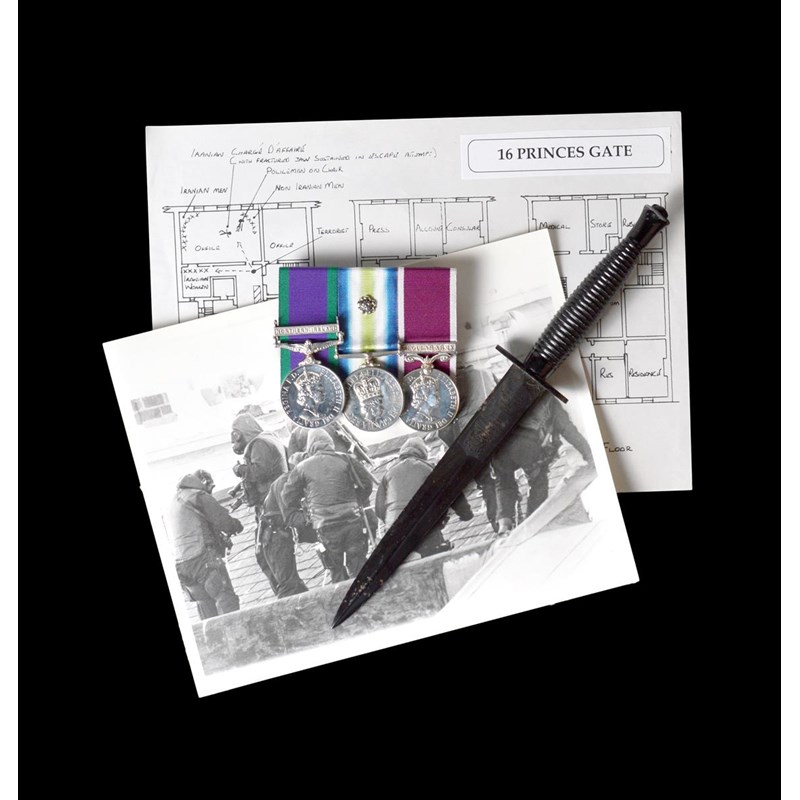
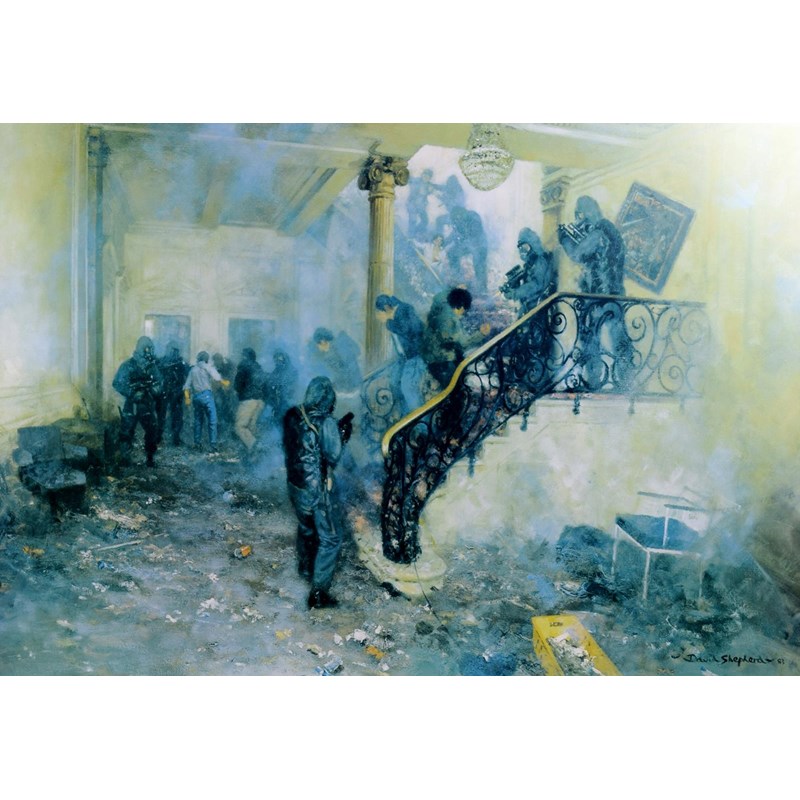

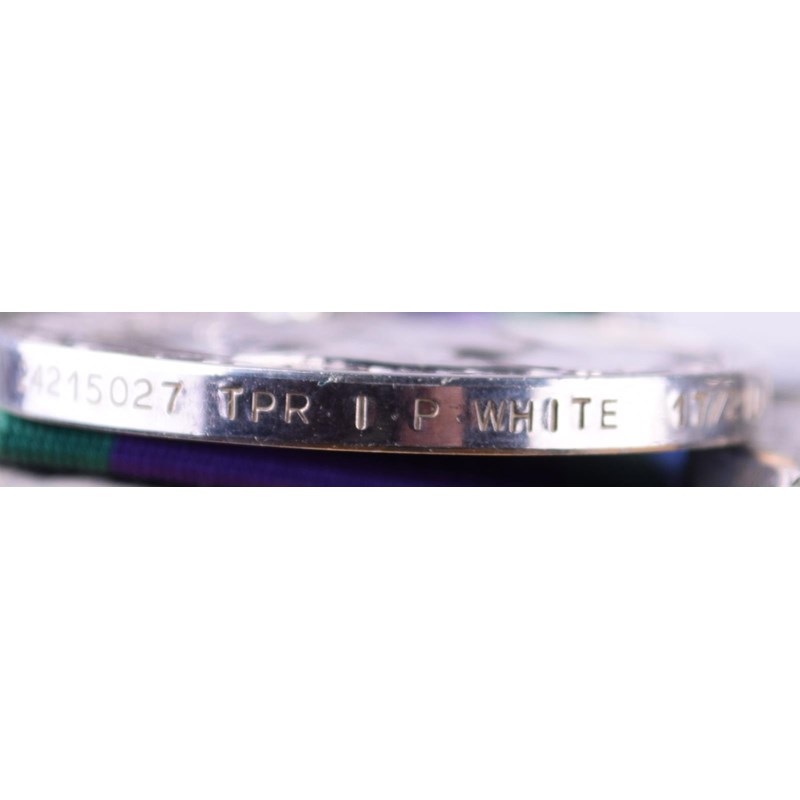
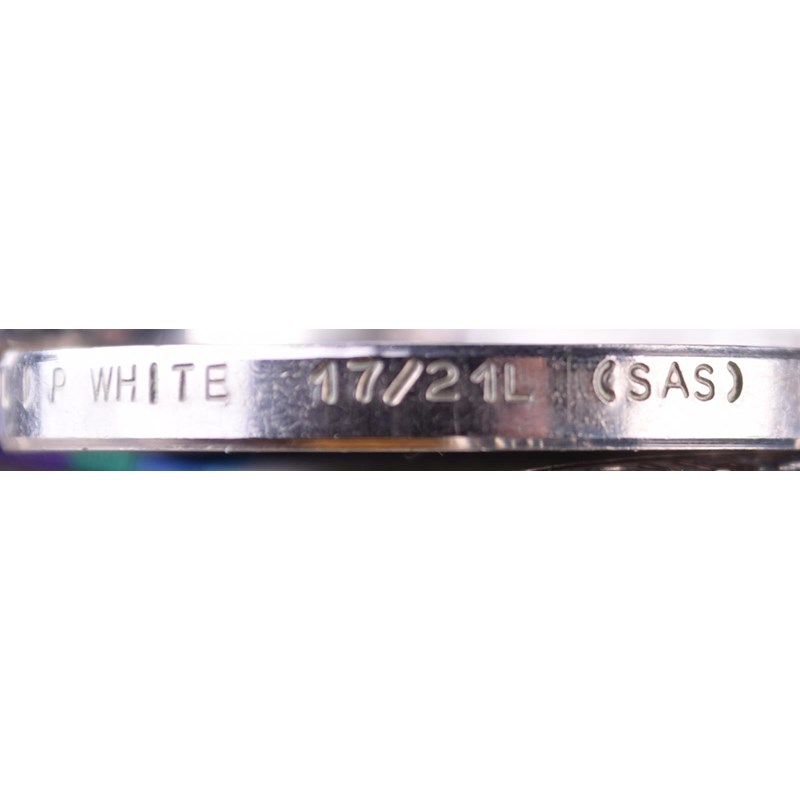
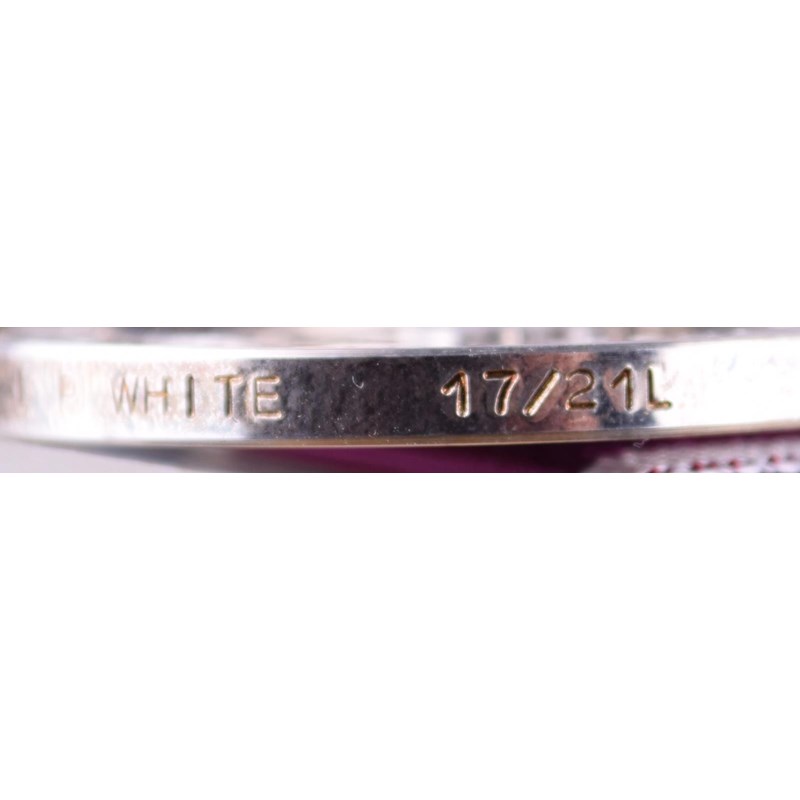


 Live online bidding is available via our own
Live online bidding is available via our own